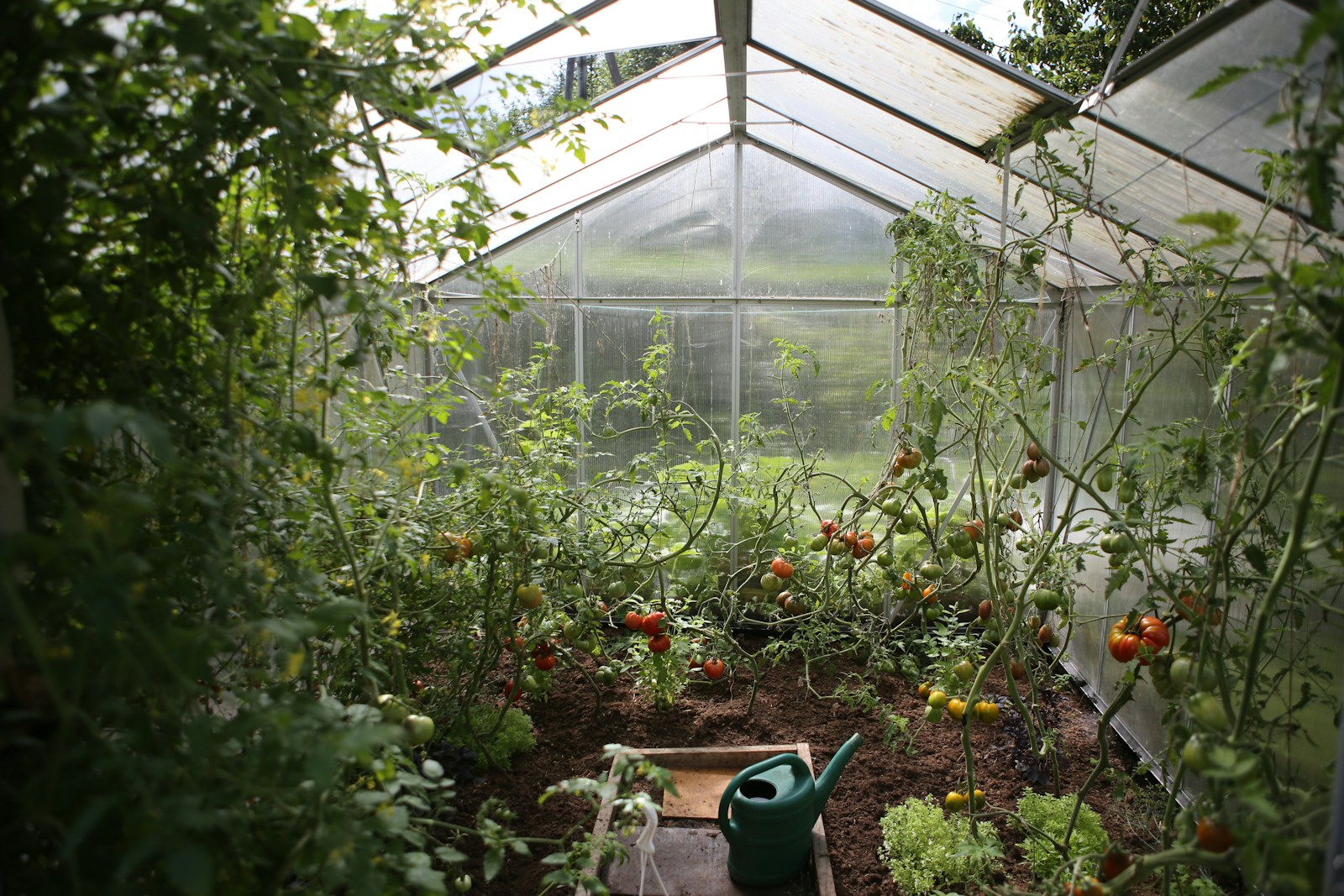Spring is coming, and your garden needs love. Many folks don’t know where to start with their spring planting. Did you know that good prep can make your plants grow better? This post will show you easy ways to get your garden ready.
Let’s dig in!
Essential Tasks for Spring Garden Readiness
Spring is here, and it’s time to get your garden ready! Let’s dive into some key tasks that’ll set you up for a great growing season.
Cleaning and Clearing Garden Beds
Get your garden beds ready for spring! Start by taking out all the dead stuff. This means old leaves, sticks, and weeds. Don’t forget to pull up living weeds too. They fight with your plants for food and water.
Put the good, rotten stuff in your compost pile. It will make great food for your plants later.
Wait until it’s warm enough to clean up. The ground should be at least 50°F. This helps get rid of bugs that lived in your garden over winter. Clean beds mean fewer pests to bother your new plants.
It’s a simple way to give your garden a fresh start for spring.
Soil Preparation and Amendment
Good soil is key for a great garden. Start by digging deep. Loosen the soil 12 to 14 inches down after the frost is gone. This helps roots grow better. Next, add good stuff to your soil.
Mix in compost to feed your plants. You might need to fix the soil’s pH too. A soil test can tell you what your garden needs. If your soil is really bad, try raised beds. They let you control the soil better.
Soil prep is a big deal for spring planting. It sets up your whole garden for success. After you fix up the soil, you’re ready to plant. But first, let’s talk about mulching and pruning.
These steps help keep your garden healthy all season long.
Mulching and Pruning
Mulching and pruning are key jobs for spring garden prep. Mulch keeps weeds away and helps soil stay moist. Put down a 2-inch layer of mulch before weeds start to grow. You can use things like shredded leaves, wood chips, or straw.
Pruning helps plants grow better. Cut back trees and shrubs that bloom on new wood in late winter or early spring. Always clean your pruning tools with rubbing alcohol to stop the spread of germs.
These tasks make your garden look neat and help plants thrive. Next, let’s look at some more advanced ways to get your garden ready for spring.
Advanced Preparation Techniques
Ready to level up your garden game? Let’s dive into some cool tricks that’ll make your spring planting a breeze. These tips will help your garden thrive and save you time in the long run.
Dividing Perennials and Planting New Seedlings
Spring is a great time to split up your perennial plants. You can do this with daylilies, Shasta daisies, and hostas. First, dig up the plant. Then, lift the roots and gently pull them apart.
Now, you can plant these new pieces in your garden. This helps your plants grow better and gives you more flowers.
It’s also time to start planting veggies. You can put hardy ones like onions, potatoes, and lettuce in the ground now. For other plants, start seeds inside 6-8 weeks before the last frost.
This gives them a head start. When they’re big enough, you can move them outside. Next, let’s look at how to set up your garden for watering and other projects.
Setting Up Irrigation and Structural Projects
Spring is the perfect time to set up your garden’s water system. Check your pipes and sprinklers for any breaks before you turn them on. It’s smart to put in a drip-irrigation system now.
This saves water and keeps your plants happy. Quick-connect kits make it easy to switch between hoses and sprinklers. Start with low water pressure and slowly turn it up to test everything.
While you’re at it, why not add some new features to your garden? Building paths or fences can make your space look nicer and work better. Do this before you plant so you don’t hurt your new flowers.
With these jobs done, your garden will be ready for a great growing season. You’ll have less work later and more time to enjoy your blooming plants.
Bottom line
Getting your garden ready for spring is fun and easy. With a little work, you can have a great place to grow flowers and veggies. Clean up your garden, add some good soil, and plant new seeds.
Don’t forget to water and care for your plants. Soon, you’ll have a beautiful garden full of life and color. Happy planting!
For more inspiration on transitioning your outdoor and indoor spaces from winter to spring, check out our guide on cozy winter home decor ideas that effortlessly transition into spring.

